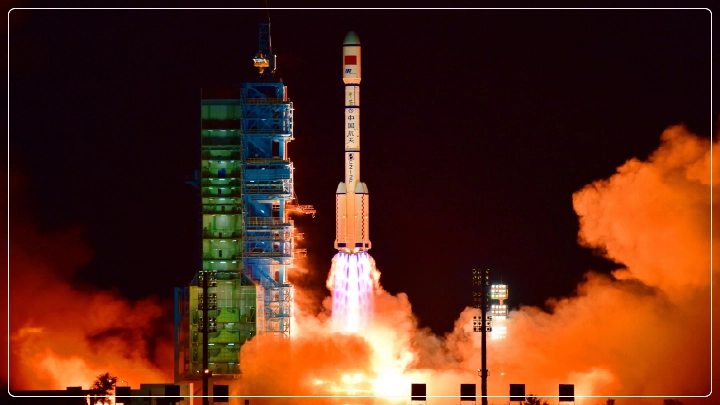October 2025
China is another successful launch of a communication satellite from the Sichuan-based Xichang Satellite Launch Center. This is a great leap in the country's strides in space technology. A Long March-3B carrier rocket lifted the satellite into orbit without any major glitches in the mission. It confirms and points towards the more advanced reliability and efficiency of this Asian superpower when it comes to putting any satellite into orbit thereby confirming itself as a major player in the international arena.

The Xichang Satellite Launch Center continues to achieve its strategic significance within the Chinese space missions and most attributed launches conducted on satellites deployed for communication, navigation, and remote-sensing applications re-asserted the stand of this country concerning futuristic developments in space technologies.
To introduce multi-band and high-speed communication technology validation, China has launched a satellite with a vast broadband, satellite-based internet service, and strong data-transmission systems. The long mission is part of China's long-term plans for improving the satellite communication infrastructure available, national defense capabilities, and competitive space-based telecommunications with global leaders. The Long March-3B rocket under the Long March series launched the satellite. The Long March-3B rocket has been developed for launching satellites into geostationary orbits and other orbits above, making it the ideal choice for communication satellite operations. The use of strong thrust and accurate navigation to achieve the launch has successfully deployed multiple critical payloads to orbit, which may include applications of civilian as well as military nature. The mission is a demonstration of China's extensive skills in operations involving space launch.
In launching a test satellite within its space-based telecommunications conduit, China hopes to improve communications facilities for internal and international services. This satellite will add capabilities for space-based communications, intelligence gathering, and remote sensing. It will also reduce reliance on foreign satellite systems. Indeed, the successful launch of this satellite will now enjoy a host of strategic and economic benefits for China, positioning it as a leading telecommunications infrastructure player in the world. These applications would include improved internet connectivity; military and security applications; commercial satellite services; disaster response and emergency communication. The China Satellite Network Group has a larger plan for developing a large-scale satellite internet network.
The newly launched Long March-3B was successful in successfully launching China's latest communication technology test satellite and a significant achievement in the national space exploration and development arena. This launch is consistent with the roadmap of aggressive multiple launches of satellites, missions of deep space explorations as well as the planned lunar base that China pursues in partnership with Russia. The data collected from this satellite will be utilized to optimize further communication satellites as well as enhance broadband services based on space. With the existing space race among nations for space-based communication systems, further investment and breakthroughs by China in satellite technology are clear indications of its intention to take the lead in this upcoming era of space-based connectivity.
October 2025
October 2025
October 2025
October 2025